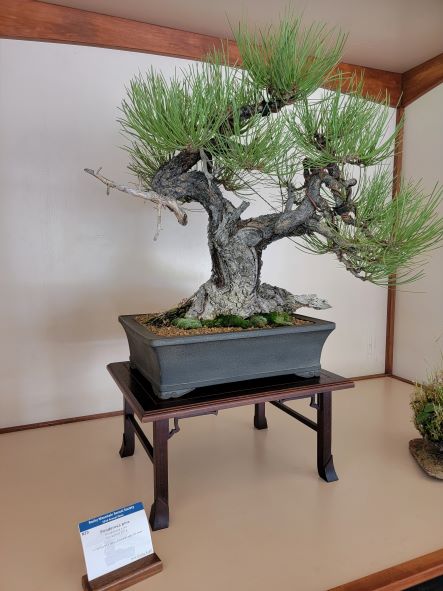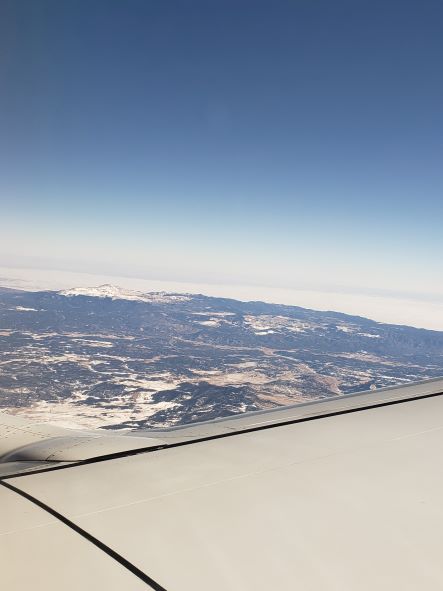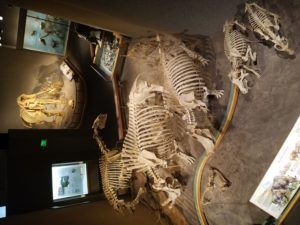
Dinosaur bones…mummies…and gigantic geodes… Oh My
Visiting Denver? Have kids with you?
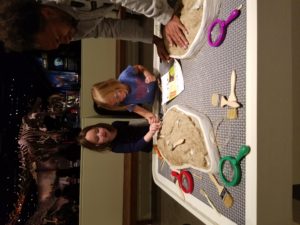
If so, you need to stop at the Denver Museum of Nature & Science. Exploring the wonders of Colorado, the earth, and the entire universe will keep you entertained and informed for the day. Don’t worry. Kids won’t be bored.
In fact, kids enjoy the Discovery Zone, where they can “excavate” fossils, manipulate and watch water in action, try their hands at building, and create art projects. With their Dinosaur Adventure Guide in hand, kids head to each of the six embossing stations to get their stamp. Truly interactive, this hands-on is complete with lab coats and safety glasses.
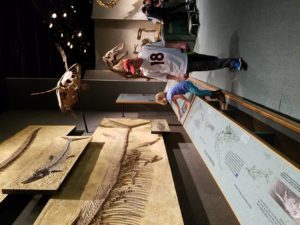
The Ultimate Dinosaurs exhibit showcases some of the most spectacular dinosaurs I’ve seen. With 17 full skeletons and dozens of fossils and casts, videos showing how they might have lived in prehistoric times, and numerous stations with interactive microscopes and touchable bones and specimens, you feel up close and personal to these critters.
When we were there, scientists were working in the lab uncovering some newly discovered fossils.
A little history: The story of the Denver Museum of Nature & Science begins in 1868, when Edwin Carter moved into a tiny cabin in Breckenridge, Colorado, to pursue his passion: the scientific study of the birds and mammals of the Rocky Mountains. Almost single handedly, Carter assembled one of the most complete collections of Colorado fauna then in existence.
Word of Carter spread, and in 1892, a group of prominent Denver citizens declared their interest in moving his collection to the capital city for all to see. Carter offered to sell the entire collection for $10,000. The founders also secured an impressive collection of butterflies and moths, and a stunning collection of crystallized gold.
Together, these three collections formed the nucleus of what would become the Colorado Museum of Natural History. After years of preparation and construction, the Colorado Museum of Natural History finally opened to the public on July 1, 1908. John Campion, the first president of the board, said in his dedication address, “A museum of natural history is never finished.”
A discovery in 1926 put the Museum on the map. A crew working near Folsom, New Mexico, unearthed stone projectile points alongside the bones of an extinct bison species. These “Folsom points” proved that humans lived in North America more than 10,000 years ago, hundreds of years earlier than previously believed. The Museum was propelled to the forefront of archaeological research, the beginning of contributions to science that continue today.
By the time the Museum turned 50 years old, more than 1 million people had visited, the building continued to expand, and it had a new name: the Denver Museum of Natural History. A year later, the first planetarium opened in a small room equipped with a star projector and fabric dome, which eventually morphed into what is today the digital Charles C. Gates Planetarium. The Museum celebrated its 75th anniversary with the opening of Colorado’s first IMAX theater when Phipps Auditorium, which for 40 years was home to popular programs for adults and children, was converted into the giant-screen venue. In 2010, 3D technology was added to the IMAX experience.
The north wing became home to Prehistoric Journey in 1995, introducing new techniques in exhibitry, such as “enviroramas” that use distinctive sound and lighting, and a viewing lab where the public watches dinosaur fossils being cleaned and studied.
In 2000, the Museum celebrated its centennial with a new name: the Denver Museum of Nature & Science.
The Museum received international attention in fall 2010 because of an amazing discovery high in the Rockies. A bulldozer operator working near Snowmass Village unearthed the remains of a Columbian mammoth. The Museum’s curators dug a little deeper and found an exceptionally well-preserved fossil site, packed with Ice Age animals. In just 69 days, a huge team of scientists and volunteers excavated thousands of fossils. Quickly christened The Snowmastodon Project, the discovery represented a new benchmark for understanding climate change in the American West.
If You Go: The museum is open 9 to 5 every day except Christmas. For more information and for ticket prices, their website is http://www.dmns.org/.
Address: 2001 Colorado Blvd, Denver, CO
